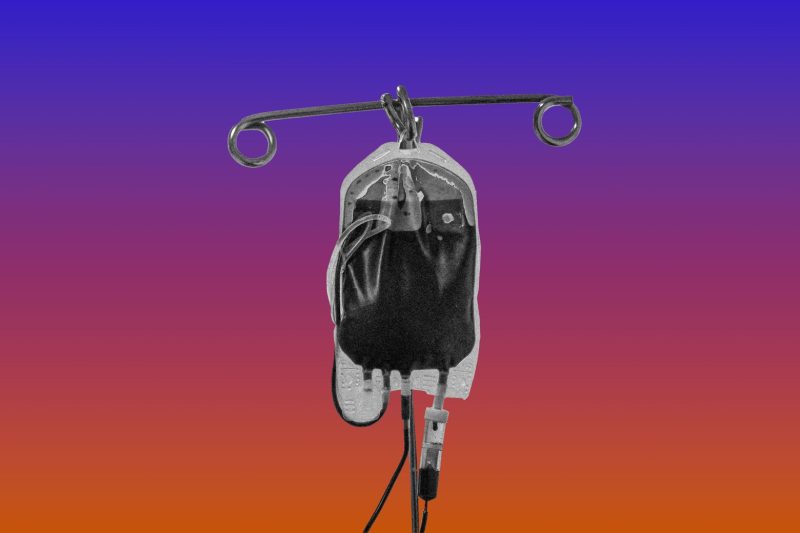
The quest for a universal blood substitute has captivated scientists and medical professionals for decades. The current system, reliant on donated blood, faces numerous challenges: limited supply, compatibility issues, and the risk of disease transmission. These limitations significantly impact the ability to provide timely and effective treatment for trauma victims, those undergoing surgery, and individuals suffering from blood disorders. This is where the potential of artificial blood comes into play.
Artificial blood, or blood substitutes, aim to overcome these obstacles by creating a safe, readily available, and universally compatible alternative. Researchers are exploring various avenues, including creating hemoglobin-based oxygen carriers (HBOCs) which mimic the oxygen-carrying function of red blood cells. These synthetic solutions could potentially eliminate the need for blood typing and reduce the risk of transfusion-related complications.
However, the development of artificial blood isn’t without its hurdles. Scientists are still working to address potential side effects and ensure the long-term safety and efficacy of these substitutes. The complex biological processes involved in blood function mean that replicating them perfectly is a significant scientific challenge. Furthermore, regulatory approval and widespread adoption would require extensive clinical trials and rigorous safety evaluations.
Despite the challenges, the potential benefits are immense. Imagine a world where blood shortages are a thing of the past, where emergency responders can administer a universal blood substitute on the scene, and where patients requiring transfusions can receive treatment without delay. This could revolutionize trauma care, battlefield medicine, and the treatment of numerous blood-related diseases. The ongoing research into artificial blood holds tremendous promise for improving global health and saving countless lives.
The future of artificial blood remains exciting and uncertain. While significant breakthroughs are still needed, the potential for a revolutionary change in blood transfusion technology is undeniable. As research progresses and challenges are overcome, the dream of readily available, universally compatible artificial blood may soon become a reality.










